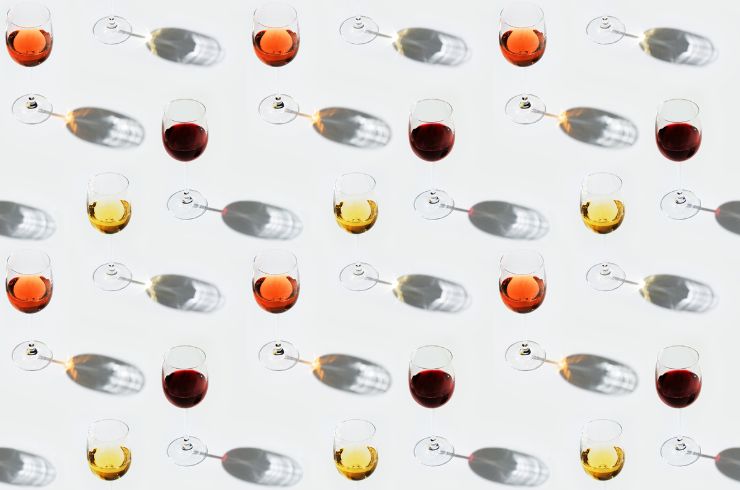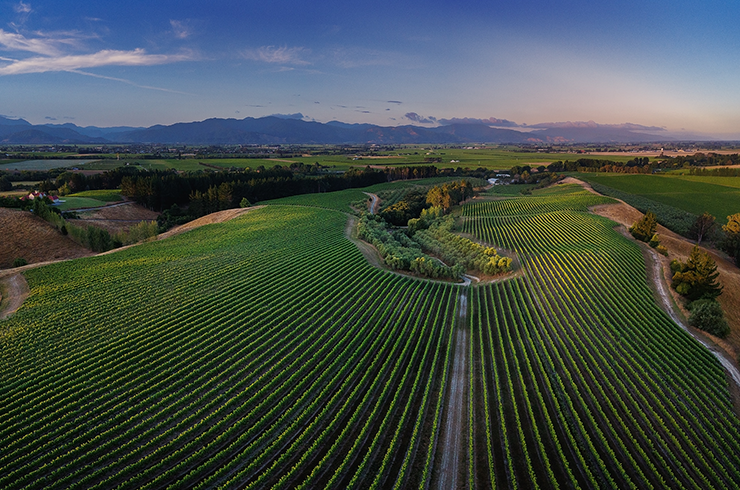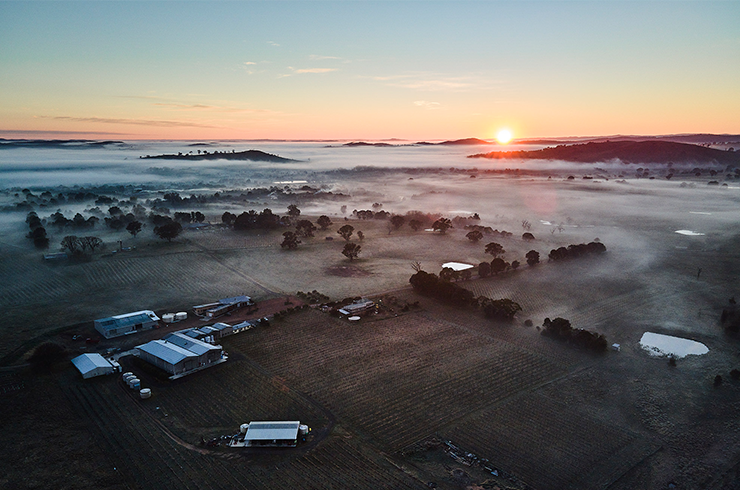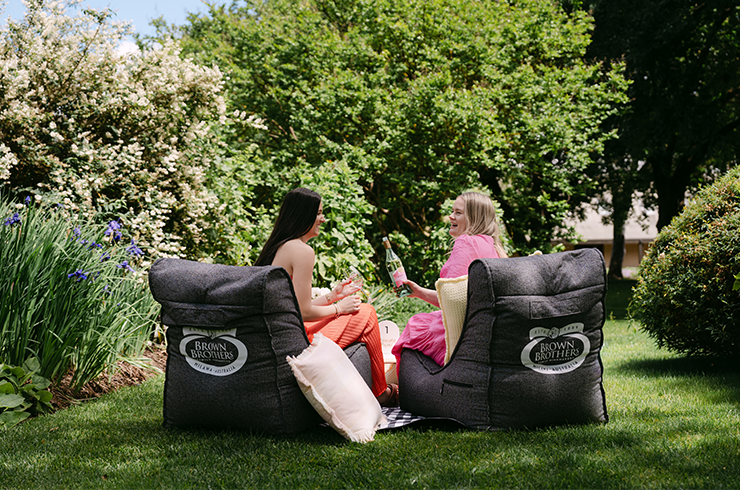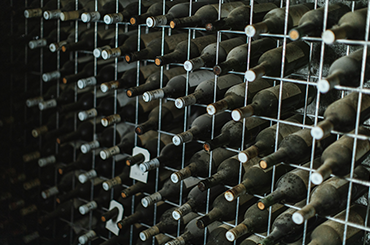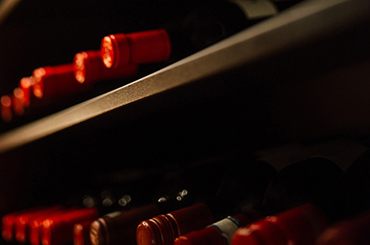While it’s true that white wines generally aren’t built for ageing in the same way red wines are, there are plenty that not only can be aged, but will be better for it.
The rules for cellaring are universal. Regardless of colour, wines need to be stored somewhere cool, dark and stable. You also need to like the wine while its young, as age will not automatically improve it. And, most importantly, for a wine to have longevity, it must be balanced, well-structured and have a strong foundation built around alcohol, acidity and tannin.
The lack of tannin in white wines – excepting orange or skin-contact wines – is largely why they don’t age as well as red wines, so look for wines with high acidity. Some varieties, such as riesling, are naturally high in acid. For others, it depends on where they’re grown and when they’re harvested. When picked young or grown in cooler climates, semillon and chardonnay will also have enough acidity to withstand a long stint in the cellar.
While there are many more examples of ageable white wines, here are five common varieties and styles to get you started.
Chardonnay
Although it’s arguably the white with the best reputation for ageing, chardonnay’s suitability for the cellar comes down to where it was grown, when it was picked and how it was made. Chardonnay loses acidity in warm climates, so look for those grown in cooler conditions. As oak adds tannin, oak-aged chardonnay will also age longer than unoaked styles.
As a starting point, and keeping in mind the variables, expect chardonnay to cellar for between 3–10 years.
Semillon
From the dry, super-high acid examples produced in the Hunter Valley to the sweet, rich styles produced in Sauternes, no cellar is complete without semillon. In the Hunter, the grape is picked early, and the resulting wines are quite austere when young, but with age, they develop complex toasty and nutty flavours.
As for Sauternes, its thought to be the longest-lived of all wines (even reds), and will age almost indefinitely thanks to its high acid and high sugar levels.
For Hunter semillon, age it for at least 5–7 years (although the best examples can age for more than 20 years).
Riesling
Regardless of where it’s grown, when it’s picked and how it’s made, riesling will hold onto its acidity, which makes it one of the best white varieties for ageing. With age, dry riesling will typically show toast, honey and petrol characters.
Like semillion, dry riesling needs at least 5–7 years to allow the tertiary flavours to develop, although it will cellar for a lot longer. Botrytised riesling can age for decades.
Marsanne
Although young marsanne can be a little simple, with age it develops loads of complexity. Expected a deeper colour, richer texture, and characters of honeysuckle, pear, quince and toasted nuts.
Age for between 5–10 years.
Champagne
The fact that most Champagne is sold with a reasonable amount of age on it already should be enough to convince you of its place in your cellar. Generally, vintage and prestige cuvée Champagnes will age better than their NV counterparts, and will typically develop richer, toastier characters.
Age for between 5–10 years.
Expand your knowledge with Halliday Wine Academy
Halliday Wine Academy offers an in-depth view of the Australian and international wine landscapes. Select Introduction to Wine to learn about Australian wine and regions or choose from one of our Wines of the World courses to get to know international wines.Wines of the World: Europe explores the iconic wines, regions and laws of France, Spain, Portugal, Hungary, Germany and Austria, while Wines of the World: Europe and Beyond delves deeper into Italy, Greece, the Americas, South Africa and New Zealand.
